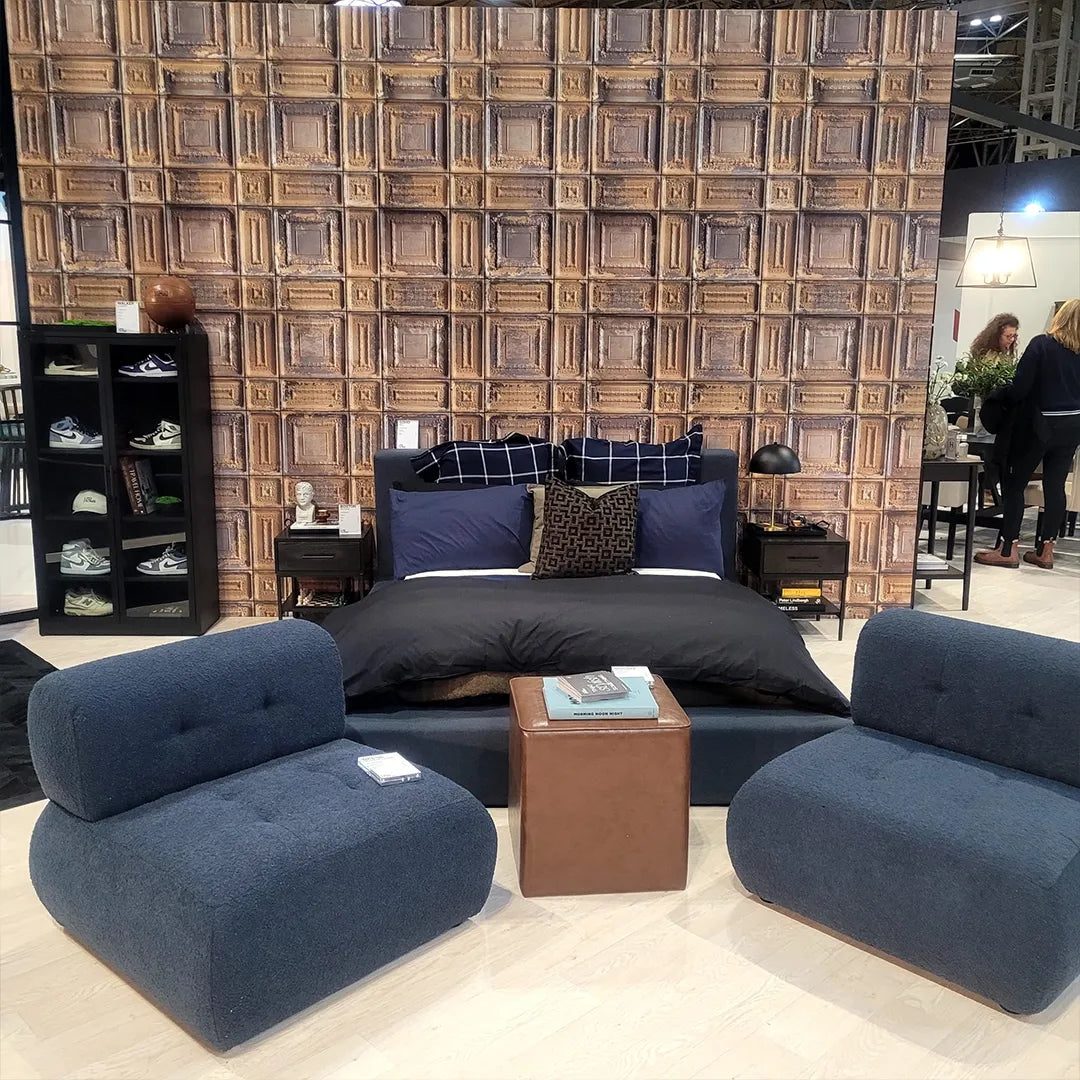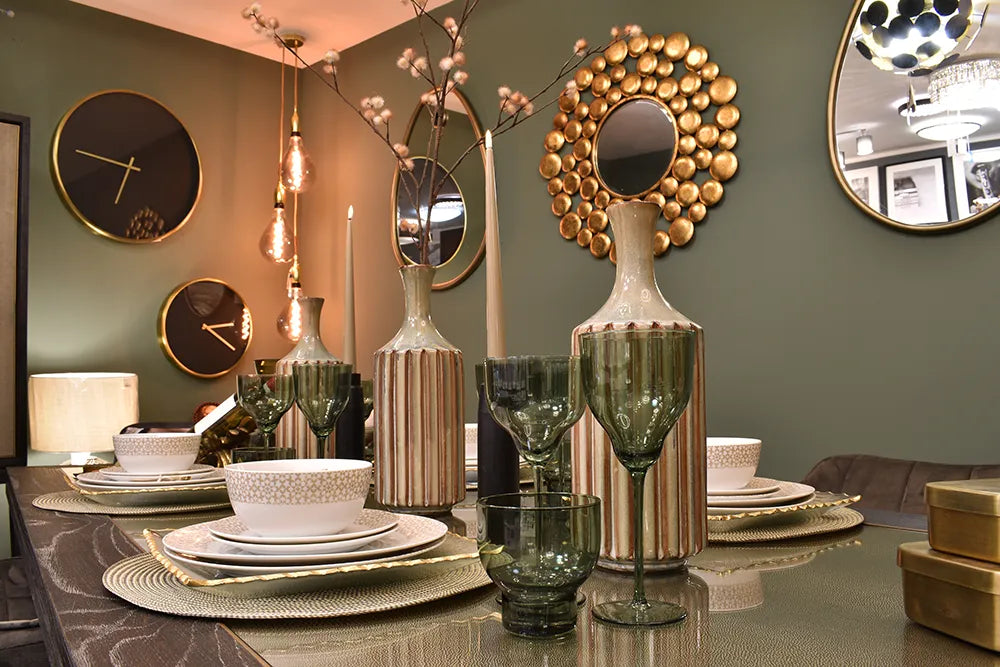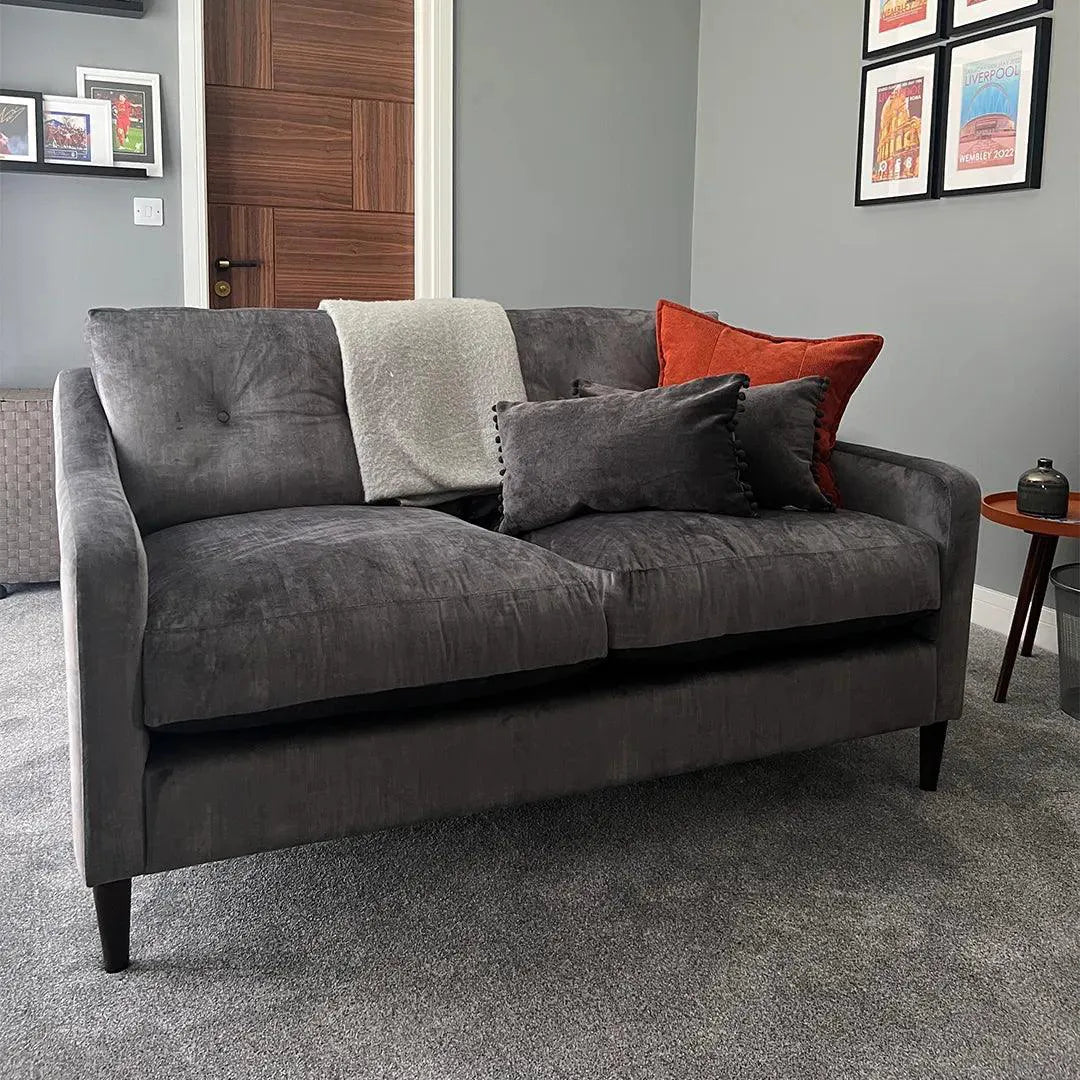The Impact of Lighting on Your Mood and Well-being
Lighting is not just a functional aspect of our living spaces; it plays a significant role in shaping our mood, productivity, and overall well-being. The quality and intensity of light have a profound impact on our circadian rhythm, sleep patterns, concentration levels, and even our emotional state. In this blog post, we will delve into the relationship between lighting and human well-being, exploring how thoughtful lighting choices can enhance your mood, promote relaxation, and contribute to a healthier lifestyle.
Colour Temperature and Emotional Response:
Colour temperature refers to the warmth or coolness of light and is measured in Kelvin (K). It plays a crucial role in determining the emotional response we have to our surroundings. Warm light, with a lower colour temperature (around 2700K to 3000K), evokes a sense of comfort and relaxation. It is often used in areas where we want to promote a cosy and inviting atmosphere, such as living rooms and bedrooms.
Conversely, cool light, with a higher colour temperature (around 5000K to 6500K), creates a more alert and energetic environment. It is commonly found in workplaces, hospitals, and retail spaces, where increased focus and concentration are desired. Understanding the impact of colour temperature empowers us to use lighting strategically to evoke specific emotions and set the desired mood.

Brightness and Energy Levels:
The brightness of light in our environment has a direct impact on our energy levels and productivity. Bright light, such as daylight or well-lit spaces, tends to promote higher levels of alertness and can enhance cognitive performance. It stimulates the brain, increases focus, and reduces drowsiness. On the other hand, dim lighting can create a cosy and relaxed atmosphere, suitable for winding down before sleep or creating a calming ambience in certain settings.

Lighting Design Tips for Well-being:
Lighting Design and Psychological Impact: Thoughtful lighting design can significantly impact our psychological well-being. Well-lit spaces with a balance of natural and artificial light can elevate our mood, reduce stress, and create a sense of harmony. Consider the impact of different lighting techniques:
Task Lighting: Adequate task lighting is crucial for performing specific activities such as reading, cooking, or working. Insufficient lighting can strain our eyes, cause headaches, and negatively affect our productivity. Choosing the right intensity and positioning of task lighting is essential for optimal performance and comfort.
Accent Lighting: Accent lighting highlights specific objects, artworks, or architectural features, creating a focal point and adding depth to a space. It enhances visual interest and can create a sense of drama, warmth, or tranquility, depending on the chosen lighting technique.
Mood Lighting: Adjustable and dimmable lighting systems enable us to customise the ambience of a room according to our mood and preferences. Soft, warm lighting can create a relaxing atmosphere for unwinding, while brighter, cooler lighting can invigorate and uplift our spirits.
As you can see, lighting has a profound impact on our mood, well-being, and daily functioning. By being mindful of lighting choices we can create spaces that promote happiness, relaxation, and productivity. Whether it's in our homes, workplaces, or any other environment, harnessing the power of lighting can significantly enhance our overall quality of life. So, let there be light, and let it illuminate our path to wellness.
If you would like our team to help you choose the lighting for your living space, contact us on 01905 349772 or info@glal.uk











